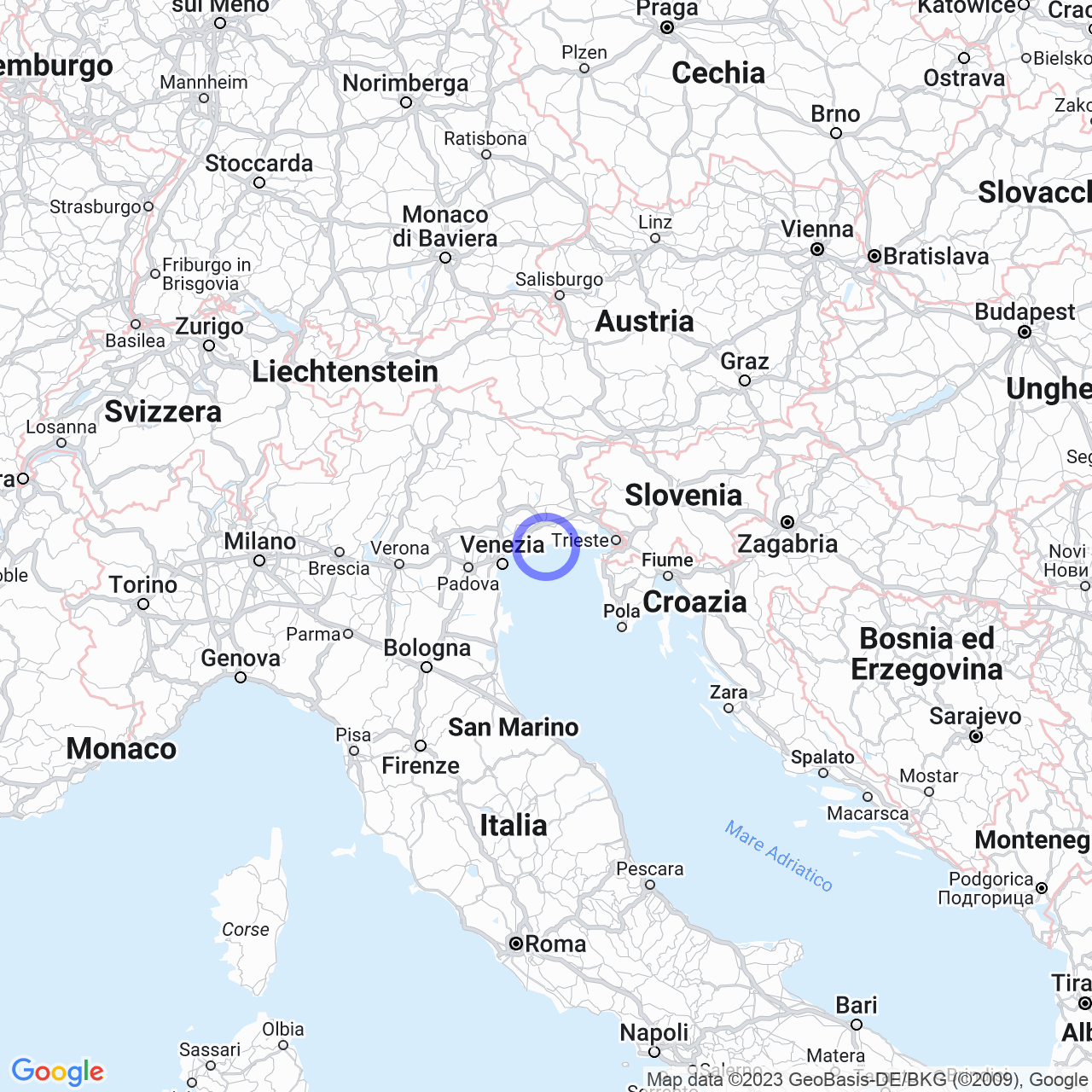Caorle
Welcome to Caorle!
Welcome to the beautiful city of Caorle, located between the Livenza and Lemene rivers, overlooking the Adriatic Sea to the northeast of the Caorle Lagoon, between the tourist resorts of Eraclea and Bibione. Caorle is a municipality of 11,128 inhabitants, part of the Metropolitan City of Venice in Veneto, which boasts a rich history and extraordinary natural beauty. In fact, in 2017, the city was included among the Historic Seaside Villages of Italy and is one of the municipalities awarded the Blue Flag and Green Spikes recognition by the Foundation for Environmental Education.
But let's discover more about this unique city!
Physical Geography
The municipality of Caorle stretches for 18 kilometers along the coast of the Adriatic Sea but also includes a series of hamlets inland, bordering to the north with the municipalities of Portogruaro, Concordia Sagittaria, San Stino di Livenza and Torre di Mosto; to the east is the municipality of San Michele al Tagliamento, while to the southwest is the municipality of Eraclea. With its 153.84 square kilometers of surface, the municipality of Caorle is the third largest municipality by extension of the metropolitan city, after Venice itself and the municipality of Chioggia.

Origin of the Name
The name Caorle comes from the denomination "Sylva Caprulana" associated with the presence of the woods on the ancient island of Caorle and the presence of wild goats that grazed there. The name Petronia seems to have some historical basis: in fact, Caorle was crossed by the Via Emilia, named after the consul Marco Emilio Lepido, whose family included Quintus Petronius Didius Severus, father of Didius Julianus, one of the three Rome in the year 193.
Caorle in Prehistoric Times
Recent findings in the area of the hamlet of San Gaetano have brought to light the remains of an ancient Venetian settlement, dating back to the late Bronze Age.
History
However, the first historical sources regarding the settlement of Caorle date back to 238 BC, as a outlet to the sea of the nearby city of Concordia Sagittaria, then called "portus Romatinum" from the ancient name given to the Lemene river.
Caorle in Roman Times and During the Barbarian Invasions (238 BC - 4th century)
During the Roman age, Caorle was an important stopping point for ships in transit to the Adriatic. However, with the fall of the Roman Empire, the city was invaded by the Barbarians who caused serious damage and looting. After the fall of the Roman Empire, the territory of Caorle was contested between the Ostrogoths, Byzantines and Lombards until their replacement by the Franks.
The Medieval Age and the Creation of the Diocese of Caorle
During the Middle Ages, Caorle became part of the Patriarchate of Aquileia. In 1074, the patriarch of Aquileia established a diocese in Caorle to establish more direct control over the area and ensure the Christian faith. The city experienced a new phase of building development, during which the city's main religious buildings were erected. There were several Saracen raids and finally, in 1201, a fire destroyed much of the city, which was rebuilt during the 13th century.
Caorle in the 16th and 17th centuries
During the 16th and 17th centuries, Caorle suffered further attacks, including the Turkish invasion of 1534. After this episode, the city was fortified and devoted itself to fishing and boat building activities.
Caorle in the 19th and 20th Centuries
The 19th century saw intense commercial and fishing activity in Caorle and it was in the early decades of the 20th century that the city experienced a new phase of growth thanks to the development of seaside tourism. During the Second World War, the city suffered significant damage.
Conclusions
In conclusion, Caorle can be proud of its ancient origins, troubled history and uncontaminated natural beauty. The city continues to attract tourists from all over the world who are fascinated by its beauty. All that remains is for you to come and discover the incredible Caorle!
